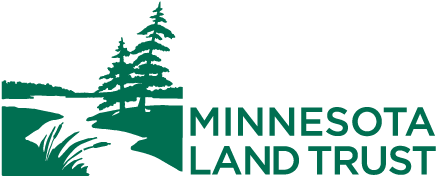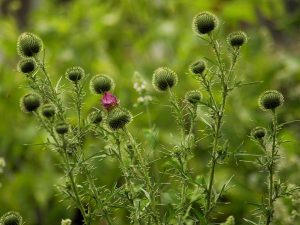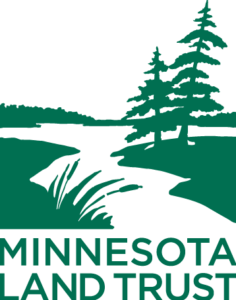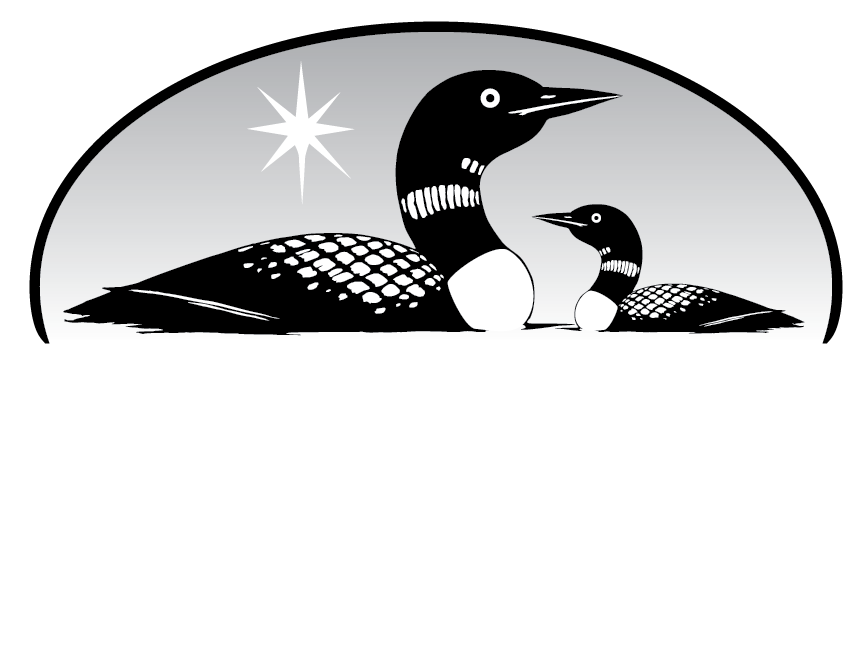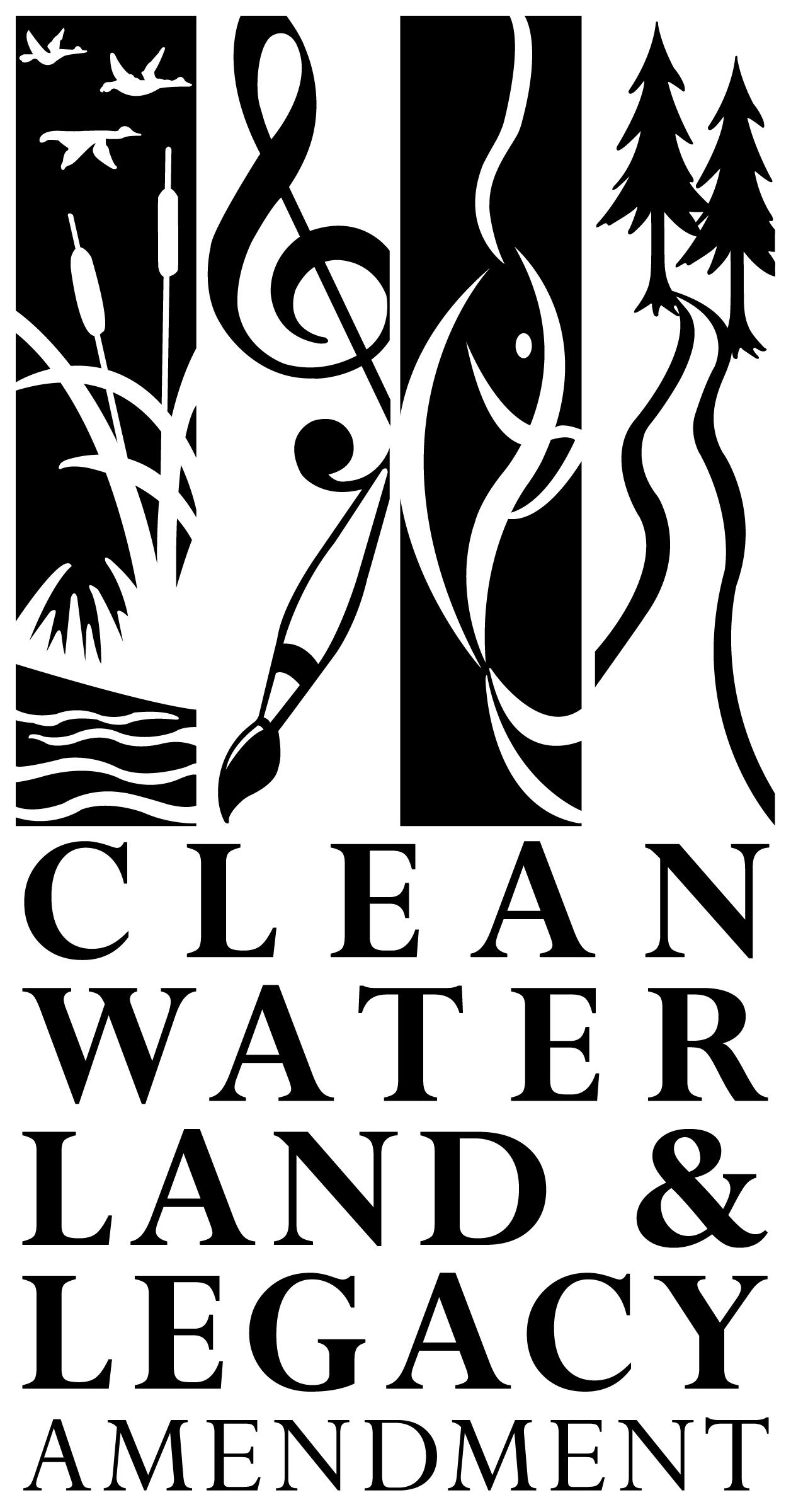As previously mentioned, in most restorations, monitoring and management of invasive species is often a long-term follow-up task that is required to ensure continued success of the restored area.
In our travels, we have compiled a list of the top five most commonly seen invasive species across Minnesota Land Trust protected properties. Although our list is not all-encompassing, it includes some of the top species that landowners working with the Land Trust ask about. This list, in no particular order, includes: Buckthorn, Canada thistle, Oriental bittersweet, Siberian elm, and Reed canary grass.
Common Woodland invasives
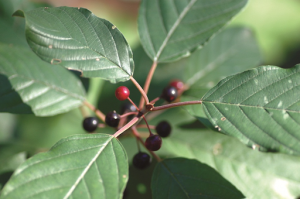
Glossy Buckthorn, Deb Rose, MN DNR
These include Oriental bittersweet and common/glossy buckthorn. Both species of buckthorn are native to Europe and Asia. Glossy buckthorn is most distinguishable by leaf veins that point toward the tip of the leaves, bluish marble-shaped fruits that drop in early fall, and a very characteristic thorn that grows between two terminal buds at the end of branches. Buckthorn is also one of the last persistently green trees in late fall and early winter. These small shrub to tree-sized plants grow in woods, disturbed areas, and along field edges. Management and control of buckthorn is focused on reducing the number of seeding individuals. Small areas of buckthorn can be managed by hand pulling seedlings in spring, or by cutting larger individuals and treating the cut stump with herbicide in fall. Larger areas can be managed using brush mowing and foliar herbicides.
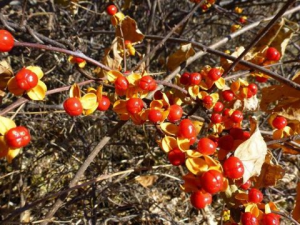
Oriental bittersweet, MN Department of Agriculture
Oriental bittersweet, also native to Asia and parts of Europe, grows in areas similar to that of buckthorn. This shrubby plant can be characterized by its bright red fruits that grow along the stem in fall, and by orange/yellow capsules, which grow right underneath the fruit. Both Oriental bittersweet and buckthorn are known to grow in thick clumps, shading out competing species growing underneath. Management of Oriental bittersweet is similar to buckthorn, using hand pulling, cut stump, or foliar herbicide methods. Mowing and burning of oriental bittersweet is not recommended, as they may stimulate growth instead of killing the plant.
Common Field/Prairie invasive species
These include Canada thistle and Siberian elm. Canada thistle is a notorious invasive species originally native to Europe. It can often be observed in disturbed areas, ditches, and old agricultural fields. It can be identified by its crinkly, thorny leaf edges, and pink/purple-colored flowers with wispy dandelion-like seeds. The next invasive species, Siberian elm, is a shrubby or tree-sized plant, originally native to Asia. This plant has small, 1-2″ alternate leaves with toothed margins, and can be found growing in disturbed areas and in prairies with poor soils with low moisture.
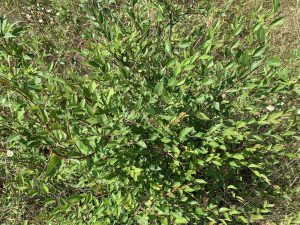
Siberian Elm
Canada thistle is best managed by burning the affected area, or by mowing then applying herbicide in late summer. Several cycles of mowing/herbicide application may be required to control this species. In order to control Siberian Elm, the root system of the plant needs to be destroyed. Hand pulling, cut-stump, and foliar spraying is recommended to kill seedlings and small saplings. Girdling and herbicide or cutting/ herbicide treatment may be required for large trees.
Wetland invasives
The most common invasive we encounter in wetland environments is Reed canary grass. Reed canary grass is a perennial grass that typically grows 2-6′ tall. It often grows in large colonies or clumps along ditches, wetland areas, or disturbed areas. This grass can best be distinguished by a distinct papery ligule located where the leaf meets the blade. It is hard to fully eliminate reed canary grass from a landscape without dredging about two feet of soil from the infested area. However, annual mowing, grazing, spot herbicide treatment, or prescribed burns may be used to cut back the infestation to a more manageable size.
If you have questions about managing invasive species on your Protected Property, feel free to reach out to the Stewardship Team or the Restoration Team at the Minnesota Land Trust. There are also great resources available to landowners through the University of Minnesota Extension, through the Minnesota Department of Natural Resources, and through the Minnesota Department of Transportation. Also be sure to check out the resources listed below.
Resources List:
MN Department of Agriculture Noxious Weed List
University of Minnesota Extension
USDA Natural Resources Conservation Service: Reed Canary Grass Management Guide
